Jogui Hansu (족의한수)
1.6Km 2024-10-15
93-1, Supyo-ro, Jongno-gu, Seoul
+82-2-2261-0310
A pig's trotter(s) specialty restaurant located in Jongno, Seoul. This restaurant's signature menu is braised pigs' feet. A restaurant serving both charcoal-grilled jokbal (pig's trotter) and spicy jokbal.
CheongKwanJang - Jonggak Station Branch [Tax Refund Shop] (정관장 종각역)
1.6Km 2024-04-22
#102, 95, Sambong-ro, Jongno-gu, Seoul
-
Haniljang (한일장)
1.6Km 2021-03-19
94, Supyo-ro, Jongno-gu, Seoul
+82-2-2265-7707
A bulgogi specialty restaurant located in Jongno, Seoul. The most famous menu is Korean beef bulgogi set menu. Experience bulgogi, a Korean traditional dish.
Geumdong Hwaro Sutbulgui (금동화로숯불구이)
1.6Km 2021-03-19
35, Toegye-ro, 41-gil, Jung-gu, Seoul
+82-2-2264-3002
This Korean cuisine is located near Chungmuro Station, Seoul. The representative menu is spicy stir-fried boneless ribs. A Korean BBQ restaurant.
Seungdong Church (승동교회)
1.6Km 2020-04-02
7-1, Insadong-gil, Jongno-gu, Seoul
+82-2-732-2340
Seungdong Presbyterian Church was designated Tangible Cultural Asset No. 130 by the Seoul Metropolitan Government on April 6, 2001. Originally known as “Gondanggol Church,” the church was established by Samuel Foreman Moore (1860-1906) in 1893. In those days, the church was known as a “baekjeong church” since it primarily drew Korea’s social underdogs such baekjeong (the butchers), the untouchable class of Joseon society.
Following a number of relocations and name changes (called “Gondanggol,” “Jungang,” and finally “Seungdong”) the church was moved to its current location in Insadong. After Moore died in 1906, Charles Allen Clark became the pastor of the church and Mongyang Yuh Woon-hyung, a key figure in the political history of Joseon, became active in the church. The church was attended by many other activists as well. In fact, the large student demonstration that took place during the March 1st Independence Movement in 1919 was organized by a group of young church members. The church once again made its mark on history with the establishment of the Joseon Theological Seminary in 1939.
Seungdong Church (B1-2F) covers a total of 660 square meters. No record has been found on its architect or builder, but the building is said to have been one of the more magnificent buildings in the area before its beauty was obscured by newer structures.
Gyeonghuigung Palace (경희궁)
1.6Km 2024-07-09
45 Saemunan-ro, Jongno-gu, Seoul
+82-2-724-0274
Gyeonghuigung Palace, a designated Historic Site, was originally called the large palace by Saemun Gate, or the Western Palace, for its location within the city. It was not until the eighth year of Gwanghaegun (1616) that the palace was used as a royal residence for the king, changing the name to Gyeongdeokgung Palace. The name later changed again to the current Gyeonghuigung Palace in 1760. The palace grounds included many halls but they were mostly all burned down in a fire in 1829. After the Japanese occupation began, all remaining buildings on the site were torn down and the palace grounds were turned into Gyeongseong Middle School (now Seoul High School). The school moved to Gangnam area in 1987, afterwhich the previous location was turned into a park. The palace grounds currently hold Seoul Museum of Art and walking paths, as well as a restoration of Heunghwamun Gate, the main gate of the palace, and Sungjeongjeon Hall, the main hall, completed in November 1994.
Gwanghwamun Plaza (광화문 광장)
1.6Km 2025-03-13
172 Sejong-daero, Jongno-gu, Seoul
+82-2-120
Gwanghwamun Plaza was opened to the public in August 2022 after renovation. Sejong-ro, the main street of Seoul with 600 years of history, has been reborn as a space for historical and cultural experiences by restoring Yukjo Street. Woldae (Elevated Ceremonial Stage) was reconstructed at the entrance of the "Plaza that Recovers the History of Gwanghwamun," and the statue of Haetae, an imaginary animal that judges good and evil, has been restored. In addition, traces of Yukjo Street, the main street of Hanyang in the past, were restored in the ‘Plaza that recreates the scenery of Yukjo Street’ near Sejong-ro Park, with a scale model installed. This is an excellent place for a stroll with beautiful scenery, including Gyeongbokgung Palace and Bugaksan Mountain.
Olive Young - Jongno YBM Branch [Tax Refund Shop] (올리브영 종로YBM)
1.6Km 2024-04-19
104, Jong-ro, Jongno-gu, Seoul
Olive Young - Chungmuro Station Branch [Tax Refund Shop] (올리브영 충무로역)
1.7Km 2024-04-18
222, Toegye-ro, Jung-gu, Seoul
-
National Meteorological Museum of Korea (국립기상박물관)
1.7Km 2024-03-26
52 Songwol-gil, Jongno-gu, Seoul
A museum where one can look at Korea's meteorological observation history and technological development through exhibitions. The museum has the world's first rain gauge, invented in 1441, in the early Joseon dynasty. The museum operates approximately 350 meteorological observatories across Korea and focuses on promoting the uniqueness and excellence of Korea's meteorological science. There are permanent collections and special exhibitions. The permanent collections focus on the history of meteorological science in Korea. At the same time, the special exhibitions take a closer look at the history and information about meteorological science and natural disasters (e.g., earthquakes) that occurred in various regions of Korea. There are experience programs related to meteorological science, such as making a rain gauge or learning about rain gauges.
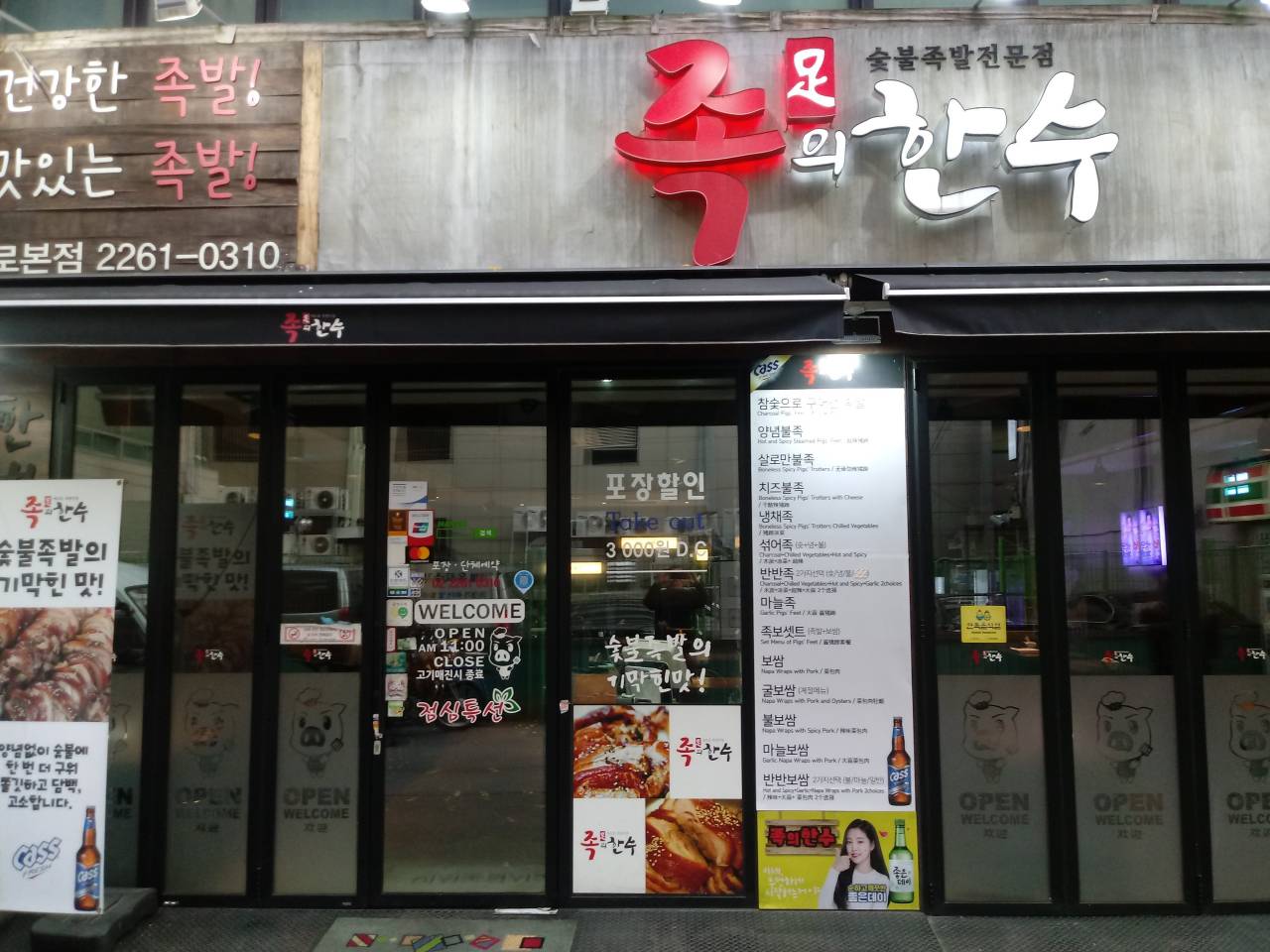
![CheongKwanJang - Jonggak Station Branch [Tax Refund Shop] (정관장 종각역)](http://tong.visitkorea.or.kr/cms/resource/13/2878213_image2_1.jpg)
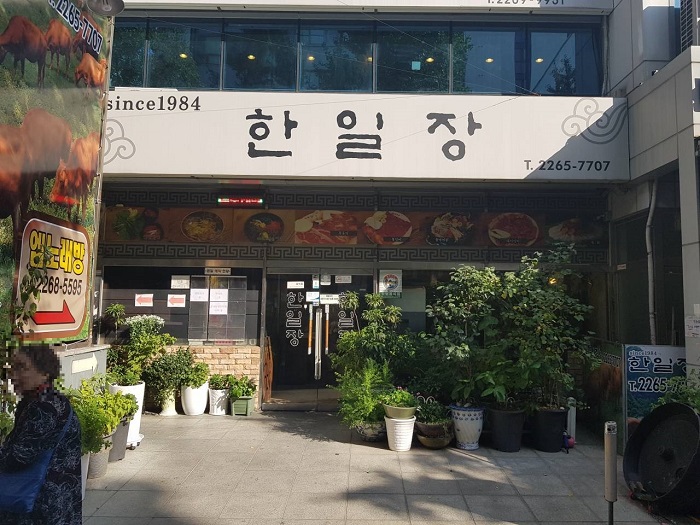
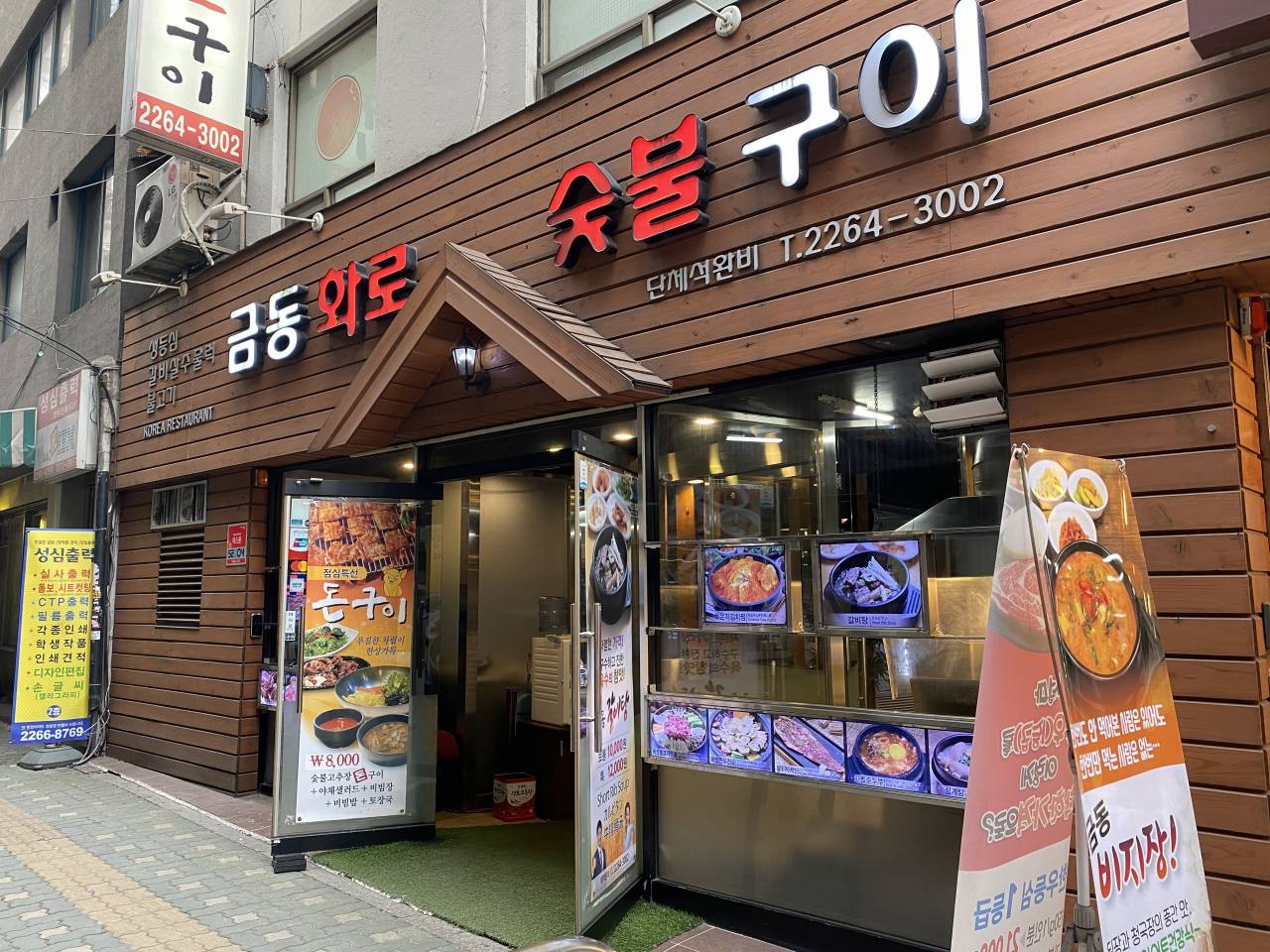
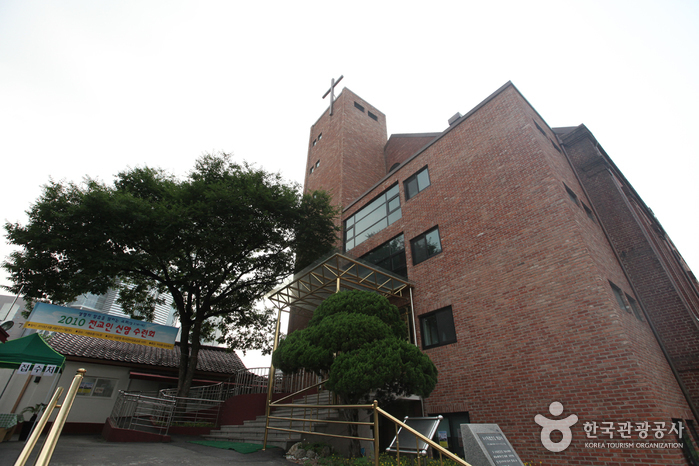

![Olive Young - Jongno YBM Branch [Tax Refund Shop] (올리브영 종로YBM)](http://tong.visitkorea.or.kr/cms/resource/27/2878227_image2_1.jpg)
![Olive Young - Chungmuro Station Branch [Tax Refund Shop] (올리브영 충무로역)](http://tong.visitkorea.or.kr/cms/resource/68/2888868_image2_1.jpg)
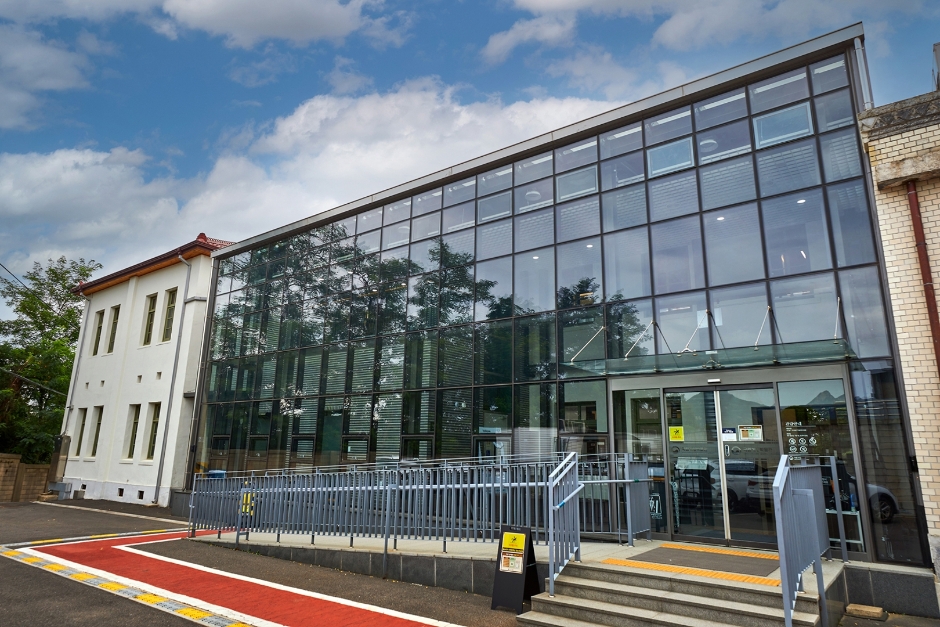
 English
English
 한국어
한국어 日本語
日本語 中文(简体)
中文(简体) Deutsch
Deutsch Français
Français Español
Español Русский
Русский